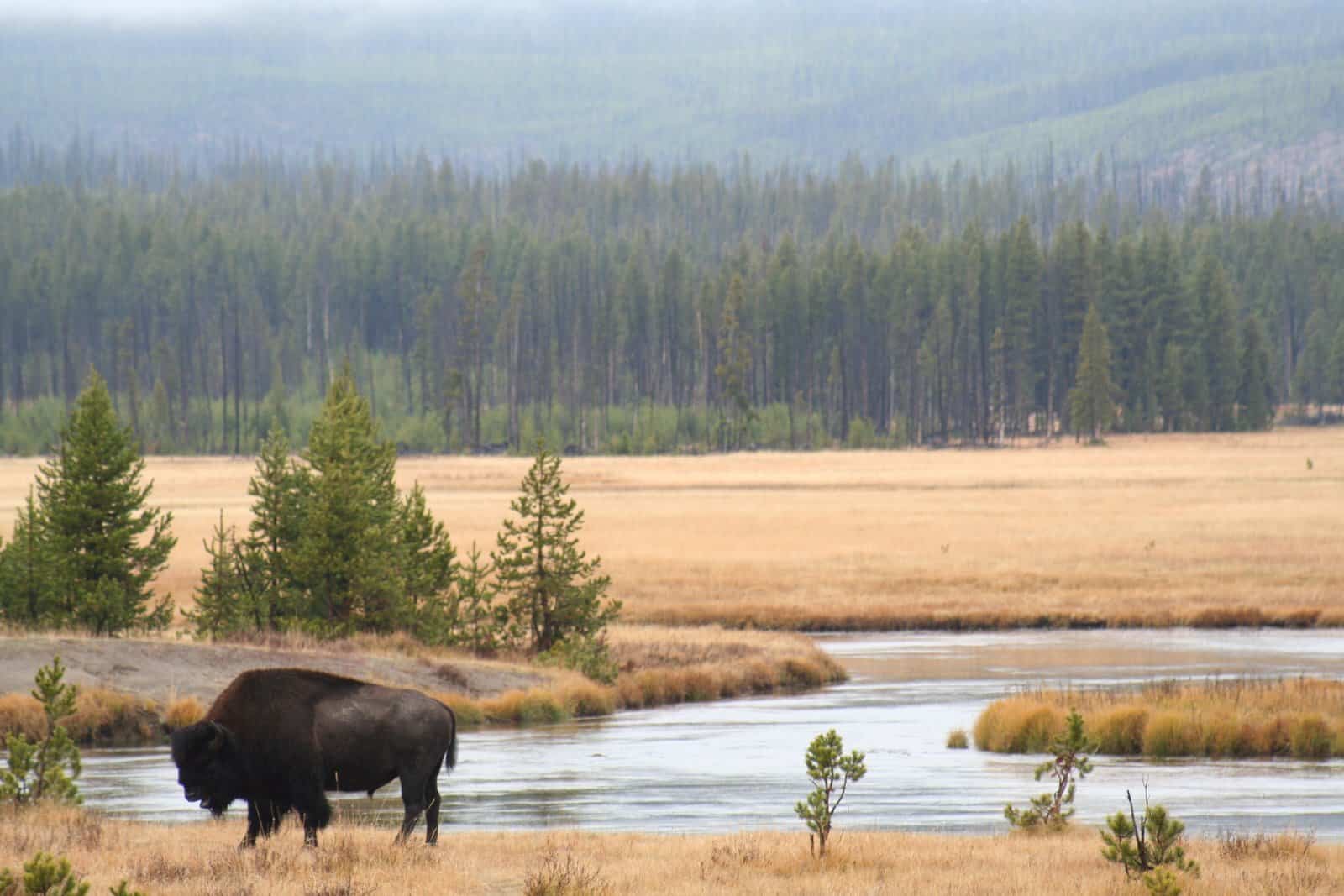Share this article
Migrating birds rush to spring breeding grounds
When it comes to spring migrations, the early bird gets the best breeding site. Now, radar data have revealed that birds rush for that advantage, flying faster than they do in fall and fighting harder against unfavorable winds.
“We know that birds get to the breeding grounds quickly. We’re starting to build the picture of how they do it,” said Kyle Horton, a radar ornithologist at the University of Oklahoma and first author of a study published this month in The Auk: Ornithological Advances. “They’re flying faster, and they’re also compensating for wind drift in a more efficient way, relative to fall migration.”
In the past, researchers have studied migrations by observing when species show up at different locations. This approach has revealed that birds’ fall journeys take longer overall than their spring journeys, but it couldn’t show whether birds actually fly faster in spring. Banding studies have found that birds spend more time resting at stopover sites during the fall, which would extend their fall migrations even if they flew at the same speed in both seasons.
Radar offers a solution. By measuring the time it takes for microwaves to bounce back from objects in the air, radar stations can detect the aggregate movements of millions of migrating birds, as TWS recently described here. For the new study, the researchers analyzed data from five weather radars in the northeastern U.S. between 2013 and 2015, covering an area from Maryland to Vermont. Scientists have used radar to study bird flight speed before, but this was the largest-scale study to compare data from multiple seasons.
In the spring, birds flew an average of 39 percent faster than they did in the fall. Some of this was due to wind conditions, since in the eastern U.S., winds tend to be more favorable for migrants in spring than in fall. But even with wind effects removed, spring flights were still 28 percent faster — a difference of about 2.3 meters per second.
The birds also changed their flight strategies. When wind blows from the side, birds face a tradeoff between drifting off course and compensating by angling into the wind.
“If you drift a lot, you don’t expend that energy of fighting the winds. But then you are off track, and you have to re-account for that offset at some point,” said Horton. “Whereas if you compensate, you end up where you want to be, but you had to fight the winds all night.”
The radar data showed that the spring, birds compensated more, taking the direct route even though it may have been more laborious.
While the new study didn’t examine why birds might want to hurry in the spring, their breeding behavior offers some clues. In many species, the first males to arrive lay claim to the most desirable territories. This, in turn, helps them attract better mates and raise more chicks, says Horton.
“It is really sort of a land grab,” he said. “There’s going to be good breeding spots and bad breeding spots, and the males want to get the best that they can to provide for their young.”
Header Image: A male indigo bunting displays breeding plumage during spring in Norman, Okla. Indigo buntings have a long history in migration research. ©Kyle Horton








